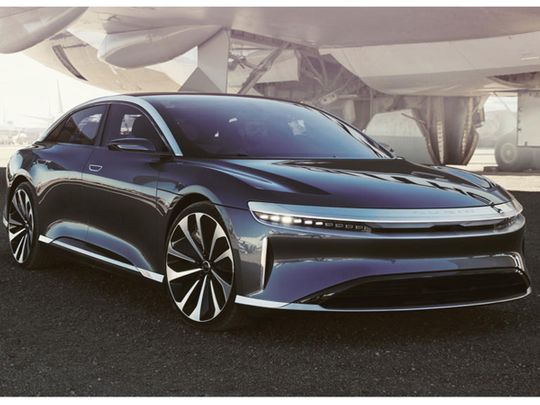
Global automobile sales plunged dramatically in the first two quarters of this year as the coronavirus pandemic kept buyers out of showrooms. The market, which peaked several years ago, dropped to levels not seen since the financial crisis more than a decade ago.
Within this global picture are the distinct markets of internal combustion engines and electric vehicle drivetrains. And even within EVs there are three regional markets, each on its own distinct track.
First, the total global numbers. Quarterly vehicle sales peaked at the end of 2016 at 22.7 million; last quarter, sales were 14.4 million, not quite two-thirds of what they were at their high.
SAFE MORE
On a year-on-year basis, sales dropped further"-and faster"-this year than during the global financial crisis. Sales in the fourth quarter of 2008 were down 21.1% from a year earlier; in the first quarter of 2020, they were down 25.3%, and were lower still in the second quarter.
Sales in some key markets are recovering, but they're not back to where they were last year. U.S. sales last month hit 15.2 million, up from 8.6 million in April, but are still below August 2019's 16.8 million.
Then there's the electric vehicle market — or rather, the three major EV markets: China, Europe, and North America.
Combined, they're still only 4.8% of total vehicle sales. But after such a steep drop, their relative performance stands out in the global market. While EV sales also dropped overall in the first and second quarters, they dropped less"-just 15%"-which qualifies as outperforming.
In North America, EV sales fell more than internal combustion vehicle sales; in China, where internal combustion sales actually rose in the second quarter compared to a year earlier, they fell much more.
And then there's Europe"-or at least its 16 major markets, not including Moldova, Lichtenstein, etc. It had both the largest fall in internal combustion sales (down almost 56% year on year) and a similarly humongous increase in EV sales (up more than 45%).
Europe's sales "exceeded our expectations," say my colleagues at BloombergNEF. More importantly, "the combination of new stimulus programs, new model launches, and automakers pushing to hit their carbon dioxide emissions targets should keep the market growing." The electric vehicle market will probably grow year-on-year in 2020.
That's quite a different expectation than we had four months ago, when BNEF published its Long-Term Electric Vehicle Outlook projecting an 18% year-on-year decline in electric vehicle sales. With the global auto market post-peak and EV sales still growing, it stands to reason that EVs will become that much more important to the auto industry's future growth as their market share increases.
As the world is many markets, however, so too are there many types of electric vehicles"-a fact businesses trying to capitalize on this global trend would do well to remember.
Europe is exploring the different shapes that electric vehicles might take, which look more like Japan's small cars than the U.S.'s large SUVs. Subsidies and industrial policy drive China's EV production and sales to a degree not seen elsewhere, meaning that their sales numbers could turn on a dime if Beijing so wills it.
India and Southeast Asia buy electric cars, but it's the region's two-and three-wheel vehicles that are making a 600,000-barrel-per-day dent in global oil demand.
While the details are complicated, the overall auto sales message is clear: EVs are going to be driving global growth in the years to come.
Nathaniel Bullard is a BloombergNEF analyst who writes the Sparklines newsletter about the global transition to renewable energy.








